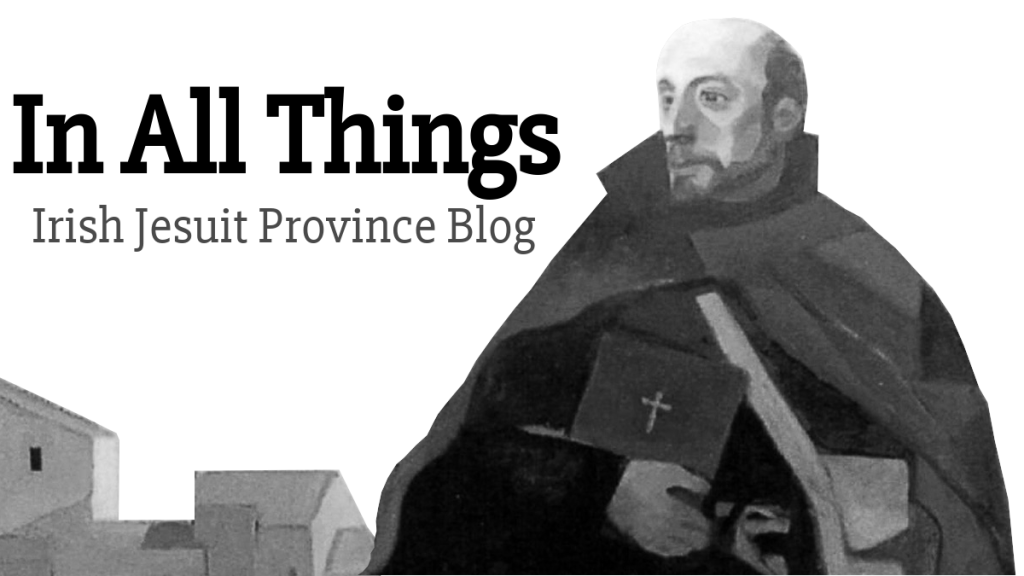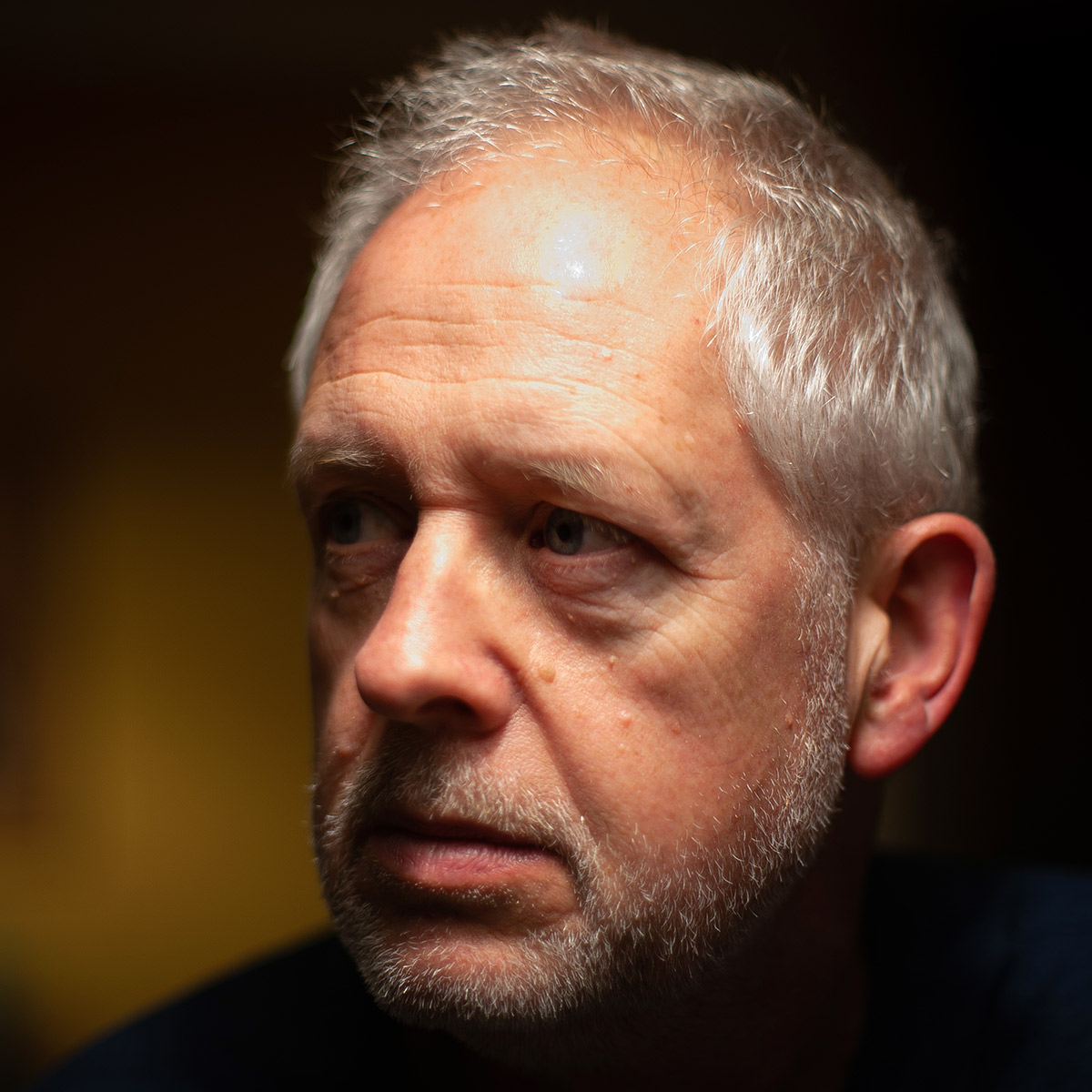Access to the arts as a human right

DERMOT ROANTREE [from editorial of Studies, spring 2024] :: Article 27 of the United Nation’s Universal Declaration of Human Rights asserts people’s right ‘to enjoy the arts’ and ‘freely to participate in the cultural life of the community’. It seems fair to say, however, that for most people access to the arts is not near the top of the human rights priority list. Set next to such staples as the right not to be enslaved or tortured or the right to freedom of movement or of expression, it may appear to be something of a luxury item – a desirable thing, no doubt, but hardly essential. And maybe, in any case, it is really only a matter that concerns the few – those who, by virtue of their class, their education, or their spending power, are at home in the world of the arts. Certainly, the arts do not appear to be intrinsically connected to the ordinary life of citizens.
This perspective needs to be challenged. Historically, all of the arts have their source in everyday human experience and creative life. Building dwellings, crafting utensils, painting, making music, telling stories, singing – these have always been essential features of the collective life of communities. In his 1931 Harvard lectures on the philosophy of art, the American philosopher and education reformer John Dewey gave eloquent expression to this sense of intimacy between life and art: ‘Mountain peaks do not float unsupported; they do not even just rest upon the earth. They are the earth in one of its manifest operations’. Art is one of the ‘manifest operations’ of communal life. It is an elevation of the things of life, so to speak, but it ought not to be a thing apart. In past times the arts helped to articulate what Charles Taylor calls the ‘social imaginary’ – ‘the ways people imagine their social existence, how they fit together with others, how things go on between them and their fellows, the expectations that are normally met, and the deeper normative notions and images that underlie these expectations’. If the connection between the arts and life is severed, the arts lose their potency to evaluate and critique a society’s norms, to process its traumas, and to imagine better futures.
Perhaps the personal poetical crisis that Yeats addresses in ‘The circus animals’ desertion’ has a bearing on the whole artistic enterprise. In his last years Yeats found that the ‘masterful images’ of his poetry, born out of the real experiences of the heart – love, bitterness, fanaticism, hatred – could no longer bear fruit. He had climbed the ladder from the heart, the world of gritty experience, and developed his images ‘in pure mind’, and now he found himself without inspiration. He finishes acknowledging that he must descend the ladder, return to ‘the foul rag and bone shop of the heart’; otherwise, he would be condemned to doing nothing more than enumerating ‘old themes’ – breaking no new ground, articulating no new insights, no longer contributing language, images and ideas to his critical and creative examination of himself, his society, and the things of the soul.
Dewey’s surmise that there has been a comparable severing of the connection between the arts and life during the last two hundred years is credible. Art became detached from its roots, ceased to be ‘an integral part of the ethos and the institutions of the community’, and was compartmentalised. The new capital generated by the industrial revolution and colonialism gave rise to the proliferation of museums, exhibitions, opera houses and galleries, all now in the service of a new imaginary. Works of art, being rare, were costly, so they came to be emblems of wealth, cultural good taste, and superior status; and their ‘segregation from the common life’ reflected the fact that they were ‘not part of a native and spontaneous culture’.
It is vital to the good health of a society that it resist this segregation in regard both to the performance and to the enjoyment of the arts. Music, literature, drama, and the pictorial arts are among the most crucial tools a society has for recording human experience, articulating new ideas, and, when necessary, calling out injustice and institutional failure. It is true of course that works of art are created within one tradition or another, but this doesn’t prevent them from being interruptive or inventive. Respecting tradition does not entail receiving a body of rules and ideas passively and unquestioningly. It is, rather, about interpreting what is received in the light of the experience, the knowledge, and the imagination of the present – about maintaining a creative tension between fidelity to the past and an openness to innovation. It is in this dialectical face-to-face that the transformative power of the arts becomes evident. As such, it is not a luxury in a democratic society, and it merits recognition and protection as a human right.



 Dermot Roantree is content editor with Irish Jesuit Communications and he is also the editor of Studies: An Irish Quarterly Review. He has a doctorate in Modern History and many years of teaching and of e-learning projects behind him. He is married with two children.
Dermot Roantree is content editor with Irish Jesuit Communications and he is also the editor of Studies: An Irish Quarterly Review. He has a doctorate in Modern History and many years of teaching and of e-learning projects behind him. He is married with two children.